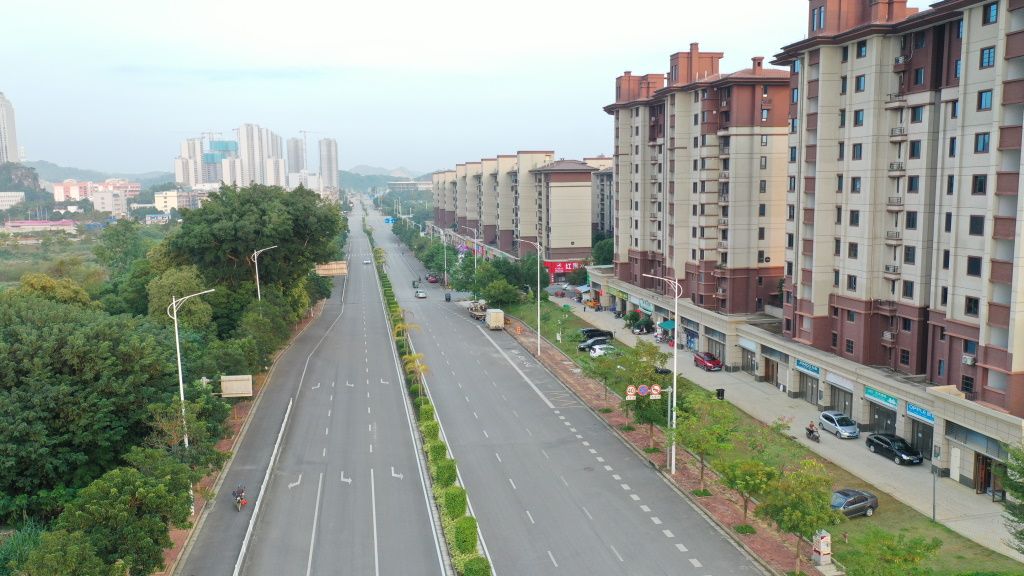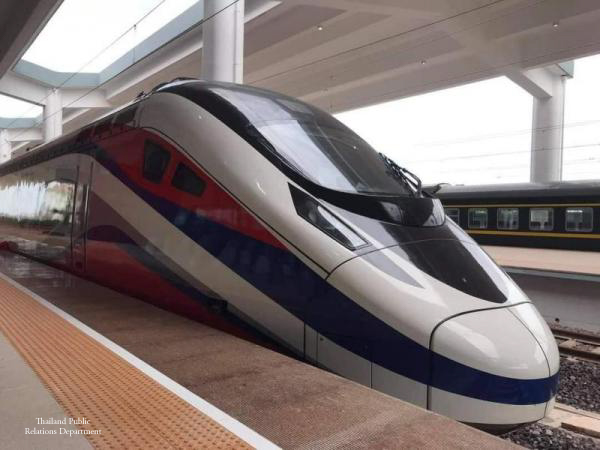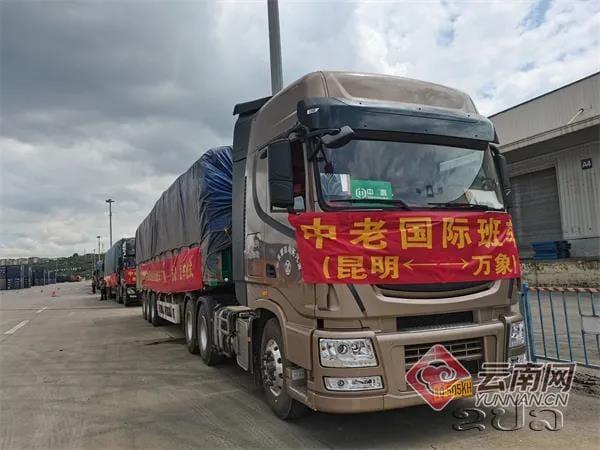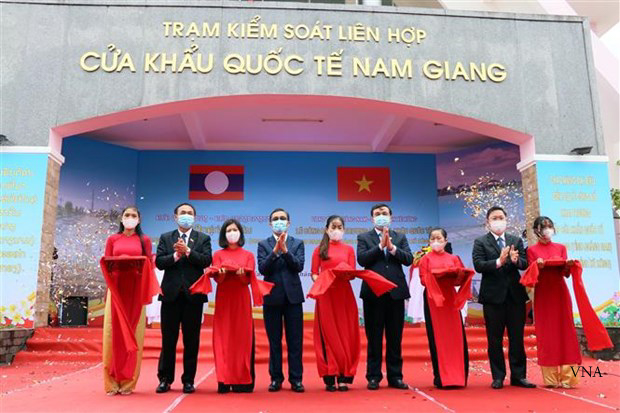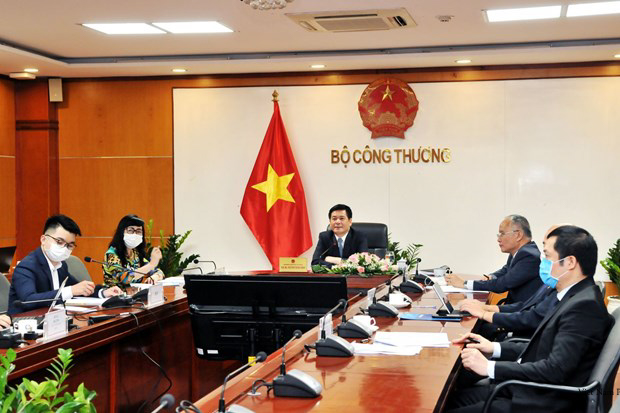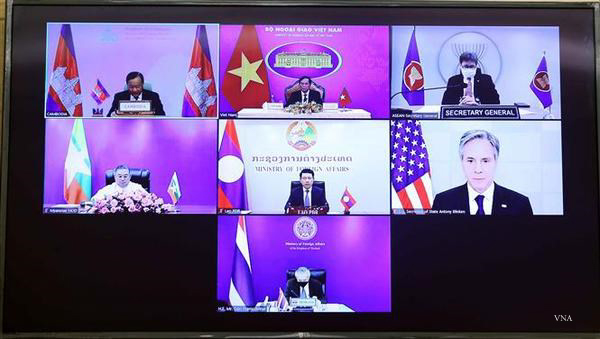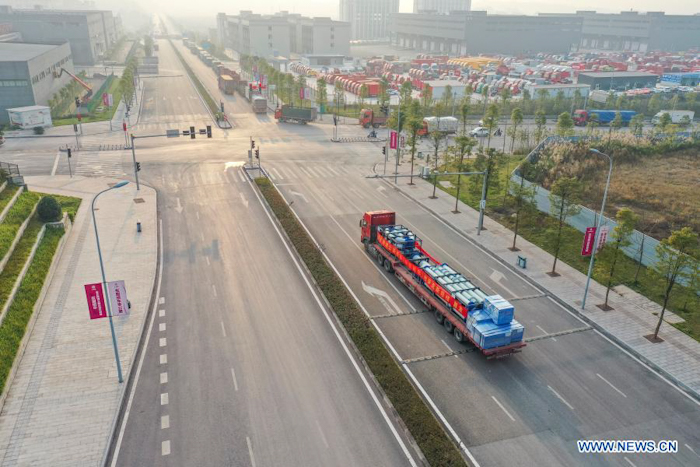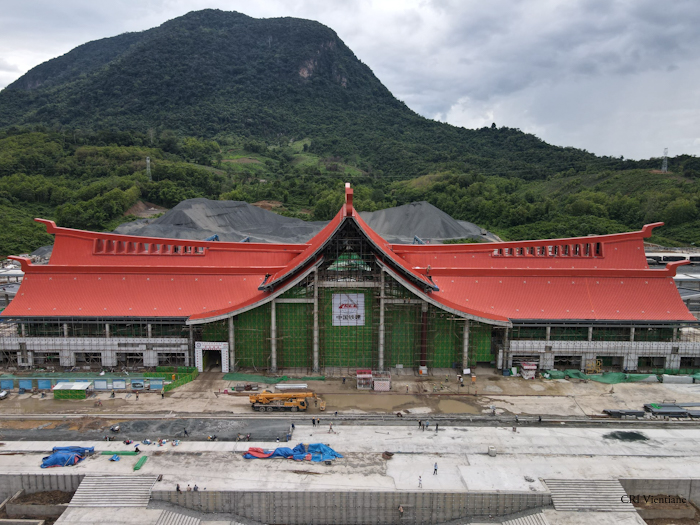Lao PDR: Setting Vientiane on the Road to Sustainable Transport
Vientiane, the capital of the Lao People’s Democratic Republic, has a growing population living and working within a hub of government, tourism, educational, religious, commercial institutions, and residential areas. Its narrow, convoluted streets are overflowing with vehicles.


